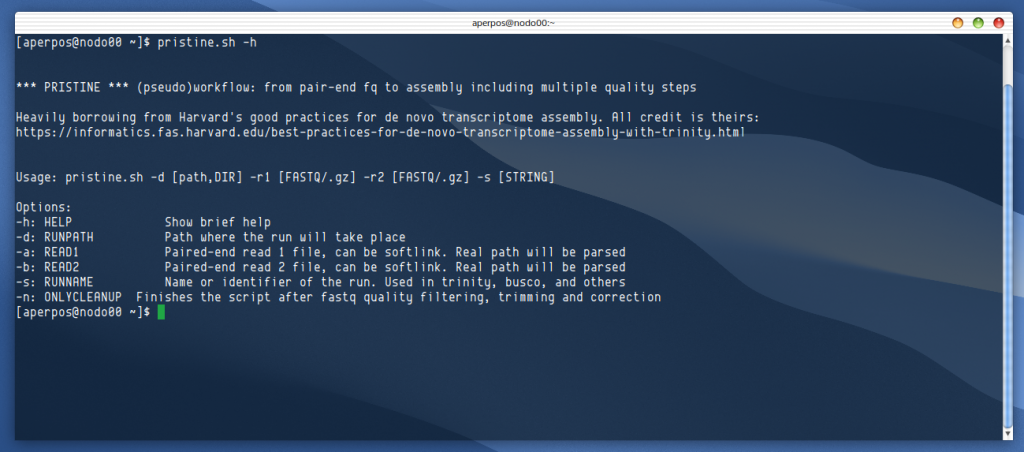I have two different Gene Ontology annotations for the genome annotation I am working with, and I’ve been trying different ways to quickly visualize Gene Ontology information, such as GO enrichment analysis using p-values as a proxy of significance (as per usual in genomic analyses). I thought of adapting this quick tutorial on wordcloud, but soon I noticed that sometimes the GO term human-readable descriptions are excruciatingly long, and the plots can become a total mess.
One option could be to inject a jumpline character after N words in the GO term string, which the R plotting engine seems to work fine with, but my first I thought was to abbreviate the words in the description. Perhaps unsurprised I learned that the foundational knowledge of R base has what I was looking for: the abbreviate() function.
Continue reading →


